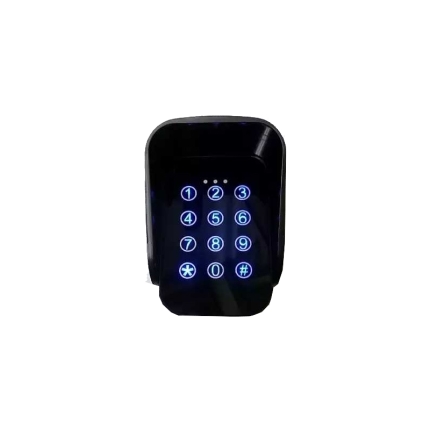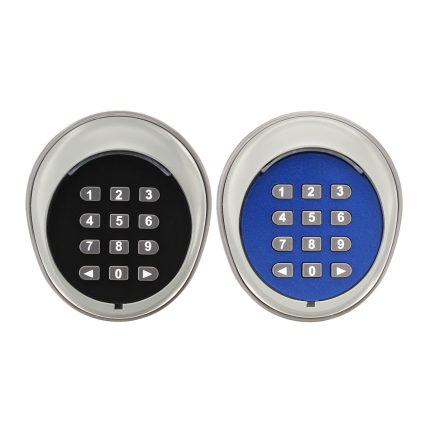driveway gates
Wireless Keypad Access Control KW200
Wireless Keypad Access Control KW200
Wireless keypad access control systems replace traditional keys with a digital PIN code entry for building access, eliminating the need for physical keys and enhancing security.
These systems often include features like remote management via smart devices, audit trails of access events, and integration with other security systems like intercoms.
Here's a more detailed breakdown:
Core Functionality:
-
Keyless Entry:Users enter a unique PIN code into a keypad to unlock a door or gate.
-
Wireless Communication:The keypad communicates wirelessly with a receiver or controller, eliminating the need for extensive wiring.
-
Remote Management:Many systems allow administrators to manage access permissions, view audit trails, and adjust settings remotely via a smartphone app or computer.
-
Integration:Some systems can integrate with intercoms, surveillance cameras, and other security components for a more comprehensive solution.
Key Features:
- PIN Codes: Users are assigned unique PIN codes for entry.
- Proximity Cards/Fobs: Some systems also support access via proximity cards or fobs for users who prefer that method.
- Audit Trails: The system can record and store data about who accessed the door, when, and how, providing a valuable security record.
- Weatherproof and Durable: Many outdoor keypads are designed to withstand harsh weather conditions and vandalism.
- Backlit Keypads: Backlit keypads make it easier to use the system in low-light conditions.
Types of Wireless Keypad Access Control:
- Stand-Alone Systems: These systems are self-contained and don't require connection to a central system.
- Integrated Systems: These systems are part of a larger access control or building management system.
- Wired and Wireless Hybrid: Some systems combine wired and wireless components for added flexibility.
Benefits:
- Enhanced Security: Eliminates the risk of lost or stolen keys.
- Increased Convenience: Users don't need to carry keys.
- Improved Auditability: Tracks access events for security monitoring.
- Remote Management: Allows for easy administration and control.
Wireless Keypad Access Control KW402
Wireless keypad access control systems replace traditional keys with a digital PIN code entry for building access, eliminating the need for physical keys and enhancing security.
These systems often include features like remote management via smart devices, audit trails of access events, and integration with other security systems like intercoms.
Here's a more detailed breakdown:
Core Functionality:
-
Keyless Entry:Users enter a unique PIN code into a keypad to unlock a door or gate.
-
Wireless Communication:The keypad communicates wirelessly with a receiver or controller, eliminating the need for extensive wiring.
-
Remote Management:Many systems allow administrators to manage access permissions, view audit trails, and adjust settings remotely via a smartphone app or computer.
-
Integration:Some systems can integrate with intercoms, surveillance cameras, and other security components for a more comprehensive solution.
Key Features:
- PIN Codes: Users are assigned unique PIN codes for entry.
- Proximity Cards/Fobs: Some systems also support access via proximity cards or fobs for users who prefer that method.
- Audit Trails: The system can record and store data about who accessed the door, when, and how, providing a valuable security record.
- Weatherproof and Durable: Many outdoor keypads are designed to withstand harsh weather conditions and vandalism.
- Backlit Keypads: Backlit keypads make it easier to use the system in low-light conditions.
Types of Wireless Keypad Access Control:
- Stand-Alone Systems: These systems are self-contained and don't require connection to a central system.
- Integrated Systems: These systems are part of a larger access control or building management system.
- Wired and Wireless Hybrid: Some systems combine wired and wireless components for added flexibility.
Benefits:
- Enhanced Security: Eliminates the risk of lost or stolen keys.
- Increased Convenience: Users don't need to carry keys.
- Improved Auditability: Tracks access events for security monitoring.
- Remote Management: Allows for easy administration and control.











